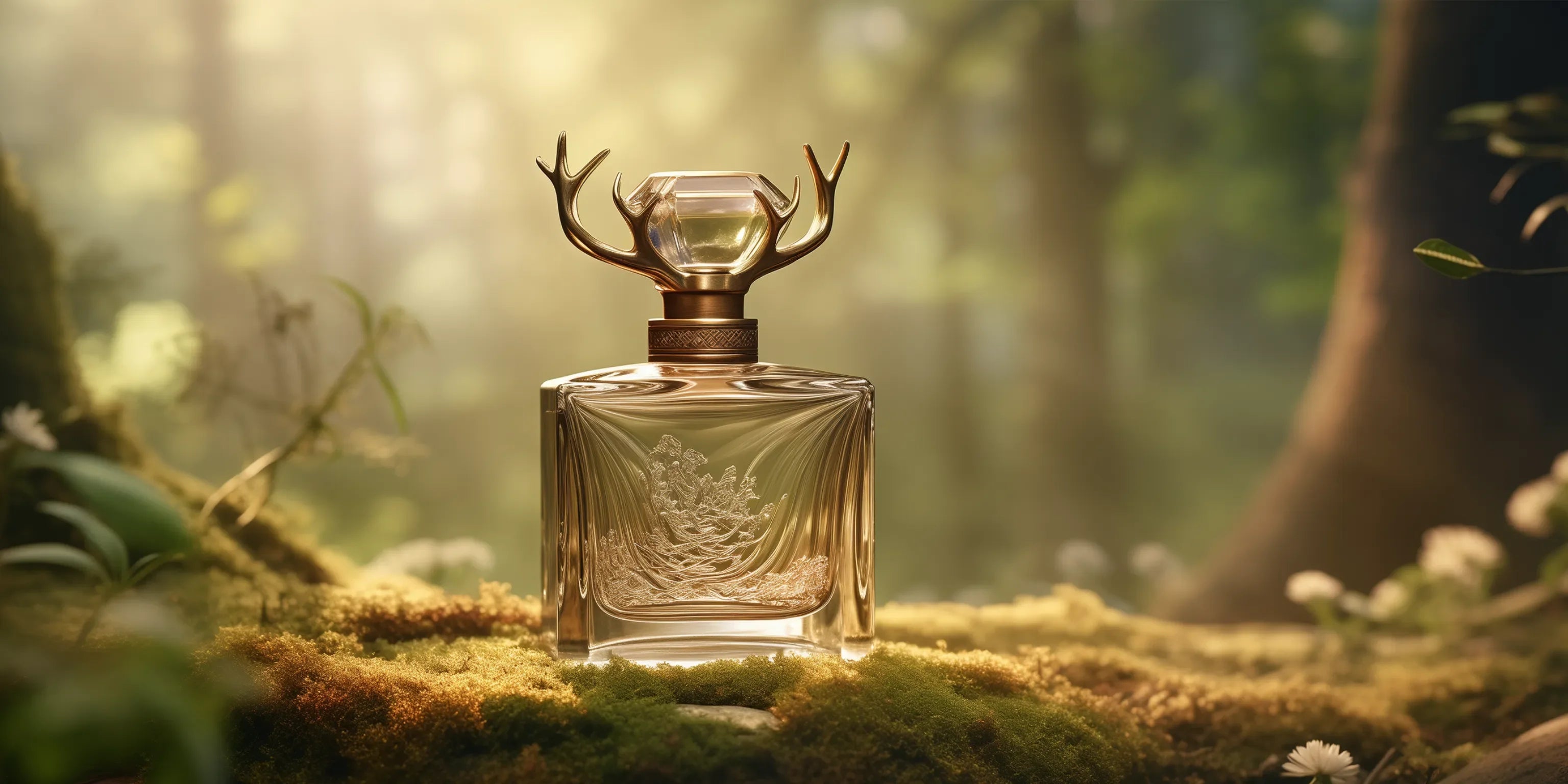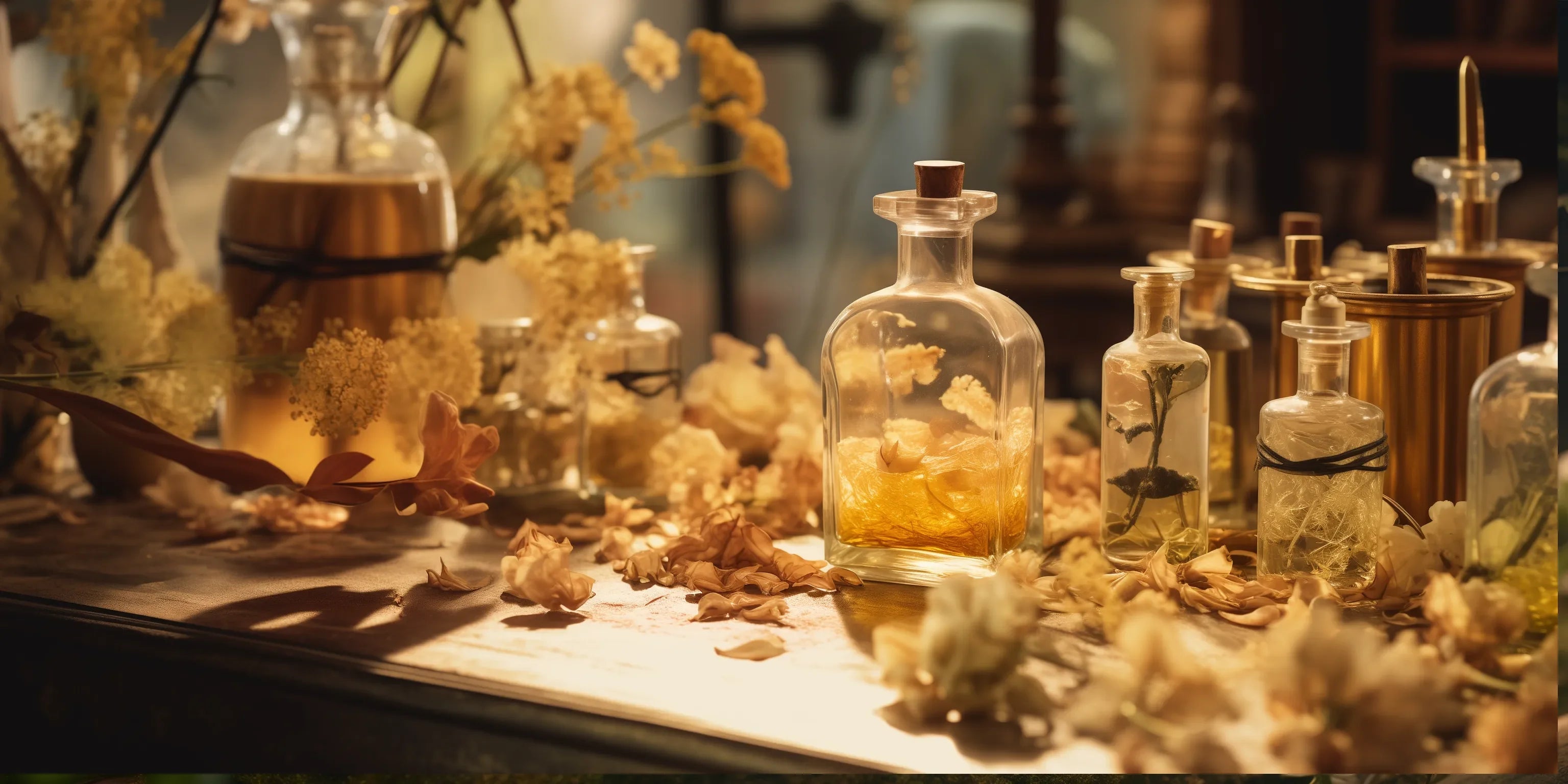
Musk in Perfumery – The Soul of Scent Composition
An Irreplaceable Ingredient in the Art of Perfumery
Few ingredients have shaped perfumery as profoundly as musk. It’s a key component in countless fragrance compositions—used as a base note, a fixative, or a sensual enhancer. Its special trait: musk adds warmth, depth, and a subtly animalic nuance to perfumes—perceived often unconsciously but intensely. It binds, rounds off, and makes a scent linger on the skin.
What Exactly Is Musk?
Today, “musk” doesn’t refer to a single substance, but rather a characteristic scent accord that can have a wide variety of facets: from soft, creamy, and powdery to leathery, woody, or even sharply animalic. Musk is typically known for its warm, sensual depth that makes a perfume feel alive on the skin—never overpowering, yet always present.
Natural Musk: Origin & Effects
True musk was originally derived from the gland of the male musk deer, which secretes a highly aromatic substance to mark its territory. This so-called deer musk was used for centuries in perfumery as a highly concentrated, luxurious raw material with aphrodisiac effects. In fact, its chemical structure closely resembles human sex pheromones, explaining its erotic allure. Today, the harvesting of animal musk is globally banned for ethical reasons.
Musk as a Fixative
Another key role of musk is its function as a natural fixative. It helps bind volatile fragrance molecules and slows their evaporation—making the perfume’s structure stable and long-lasting. In the base note, musk gives a fragrance its staying power and depth.
The Variety of Musk Materials
In modern perfumery, “musk” refers to a wide range of ingredients with similar scent profiles. These include:
- Animalic Musk Notes: Historically sourced from musk deer, civet (civet cat), castoreum (beaver), and hyraceum (rock hyrax)—now almost exclusively recreated synthetically.
- Synthetic Musk: The most commonly used form today. These molecules are cruelty-free, widely available, and often more stable than their natural counterparts.
- White Musk: Especially popular in contemporary fragrances—soft, powdery, clean, and elegant. Often used in “skin scents” for a subtle, intimate effect.
A Fragrance with History
As early as the 6th century, musk was highly prized in Arabic and Byzantine cultures. Historical accounts from Baghdad tell of caliphs using it generously—not only as a personal scent but even mixed into mosque walls, so sunlight would slowly release the scent into the air.
Musk also had a role in traditional medicine. In Ayurvedic, Tibetan, and Chinese healing practices, it was believed to have strengthening, mood-lifting, and aphrodisiac effects.
The Birth of Synthetic Musk
In the late 19th century, German chemist Albert Baur accidentally discovered the first synthetic musk compound—Nitro Musk—while experimenting with TNT (trinitrotoluene). The resulting substance had a sweet, animalic scent. Although groundbreaking, this early synthetic musk was later banned due to instability and potential toxicity.
Modern Musk Types in Perfumery
Today, two main categories of synthetic musks dominate perfumery:
- Polycyclic Musk Compounds: Once the standard in mass-market fragrances, now increasingly regulated and replaced due to environmental concerns.
- Macrocyclic Musk Molecules: The most luxurious and skin-like option. Sometimes derived from plants like ambrette (musk mallow), angelica, or musk flowers. Their production is complex, but they offer outstanding skin compatibility and refinement.
Interesting fact: Around 50% of people are genetically unable to perceive certain macrocyclic musk molecules. That’s why perfumers often blend multiple musk types in a single composition to ensure a balanced effect across different noses.
Conclusion: Musk – The Soul and Structure of a Fragrance
Musk is far more than just a scent—it’s a carrier, enhancer, fixative, and emotional amplifier all in one. Few perfumes exist without it. Whether natural or synthetic, powdery, warm, or animalic—musk gives fragrances their unmistakable depth and emotional resonance. That’s what makes it—then and now—one of perfumery’s most vital and captivating ingredients.


